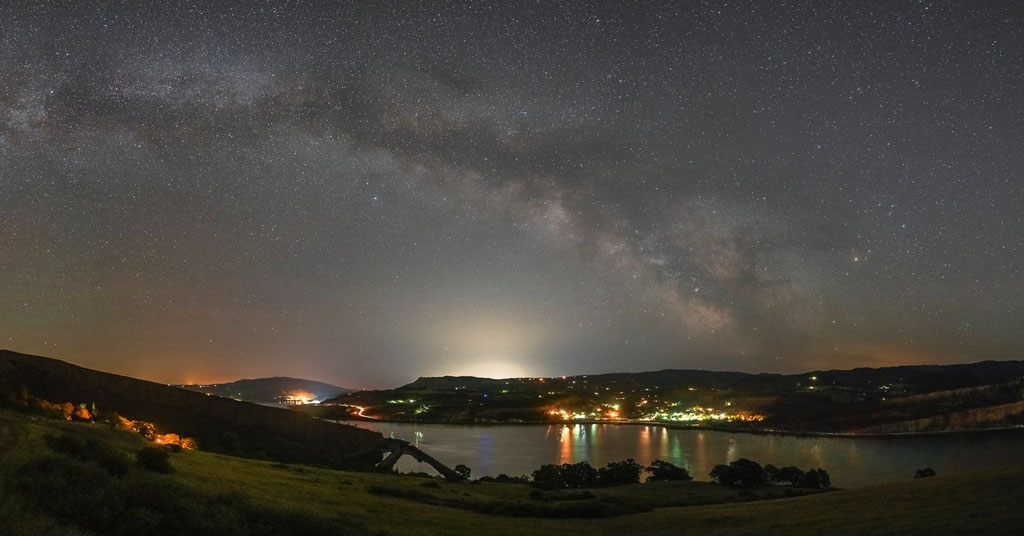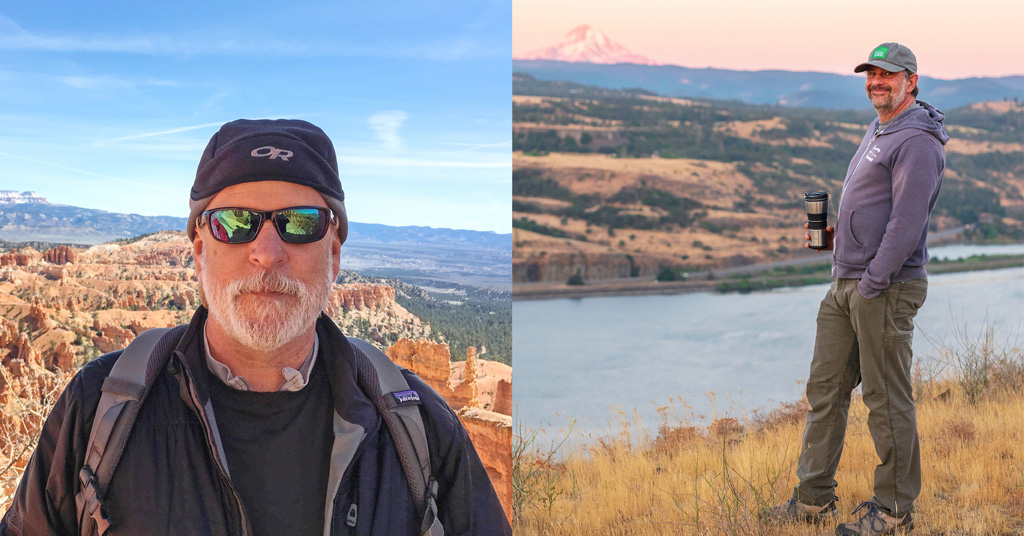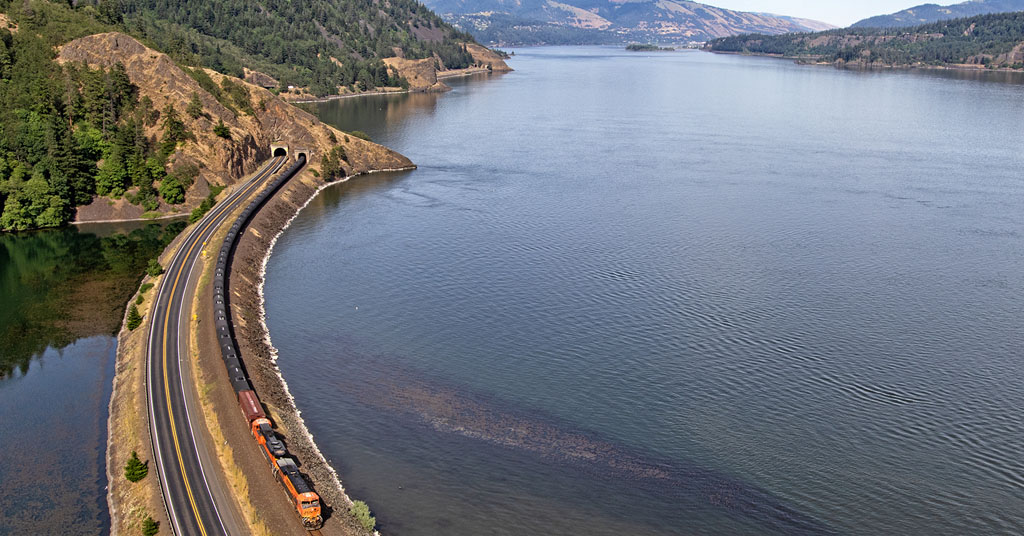
Train carrying soybean oil, phenol, other hazardous chemicals, and various cargo derailed near The Dalles, OR 2003. Photo US EPA
By Emily Kao. April 1, 2015. Between 52-72 trains pass through the Gorge every day, all except two carrying freight. These mile-long trains of 90-120 cars transport a range of products from oil, to consumer goods, and rail companies have little say over their cargo.
“Railroads are required to transport hazardous material if offered by shipper in a compliant manner. Railroads can’t pick and choose,” said Christopher Kuenzi, Hazardous Materials Compliance Specialist at Oregon Department of Transportation Rail & Public Transit Division.
What trains carry changes day-to-day and year-to-year. For example ten years ago there were few crude oil trains on the Oregon rails. Sources believe some oil was probably being transported in Washington but there is no data available until 2014. Today, on the Oregon side alone, there are over 19,000 oil cars that run through the Columbia Gorge annually.
“We’ve seen a dramatic increase in the number of shipments,” Chris said, “so there’s a greater potential for incidents.”
Statistics show a rise in the number of spills of hazardous materials in the past five years. These spills have contained phenol, soda ash, hazardous waste, ethyl nitrate, corrosive liquids, natural gas, chemicals, coal and petroleum products such as diesel, gas, crude oil – as reported by Oregon Department of Transportation and Washington Department of Ecology. Some spills have been substances we don’t think of as hazardous: ink, fertilizer, used oil, and oil based paint. Each of which still have severe consequences for the environment.
According to U.S. EPA, cooking oil is not listed as a hazardous substance; however, such spills are required to be reported in Washington, but not in Oregon. And yet, in 2003 train derailment near The Dalles, Oregon, EPA required the spilled soybean oil-soaked soils removed, because vegetable and animal oils have the same effect on aquatic life as petroleum oils.
As organizations and agencies fight to limit coal and oil coming through the Gorge, we may once again see a shift in what is transported along our rail lines. The question is what do Oregon and Washington residents want the future of the rail system to look like?
Finding data to compare how many trains run through the gorge and what they carry is challenging to say the least. Oregon and Washington state agencies collect and record different information about what is being transported by rail. In Washington, railroad companies are not required to disclose their cargo unless they are carrying more than one million gallons, about 50 cars, of crude oil. Additionally, delineating info down by region was difficult and trying to learn about trains other than those carrying oil was next to impossible.











